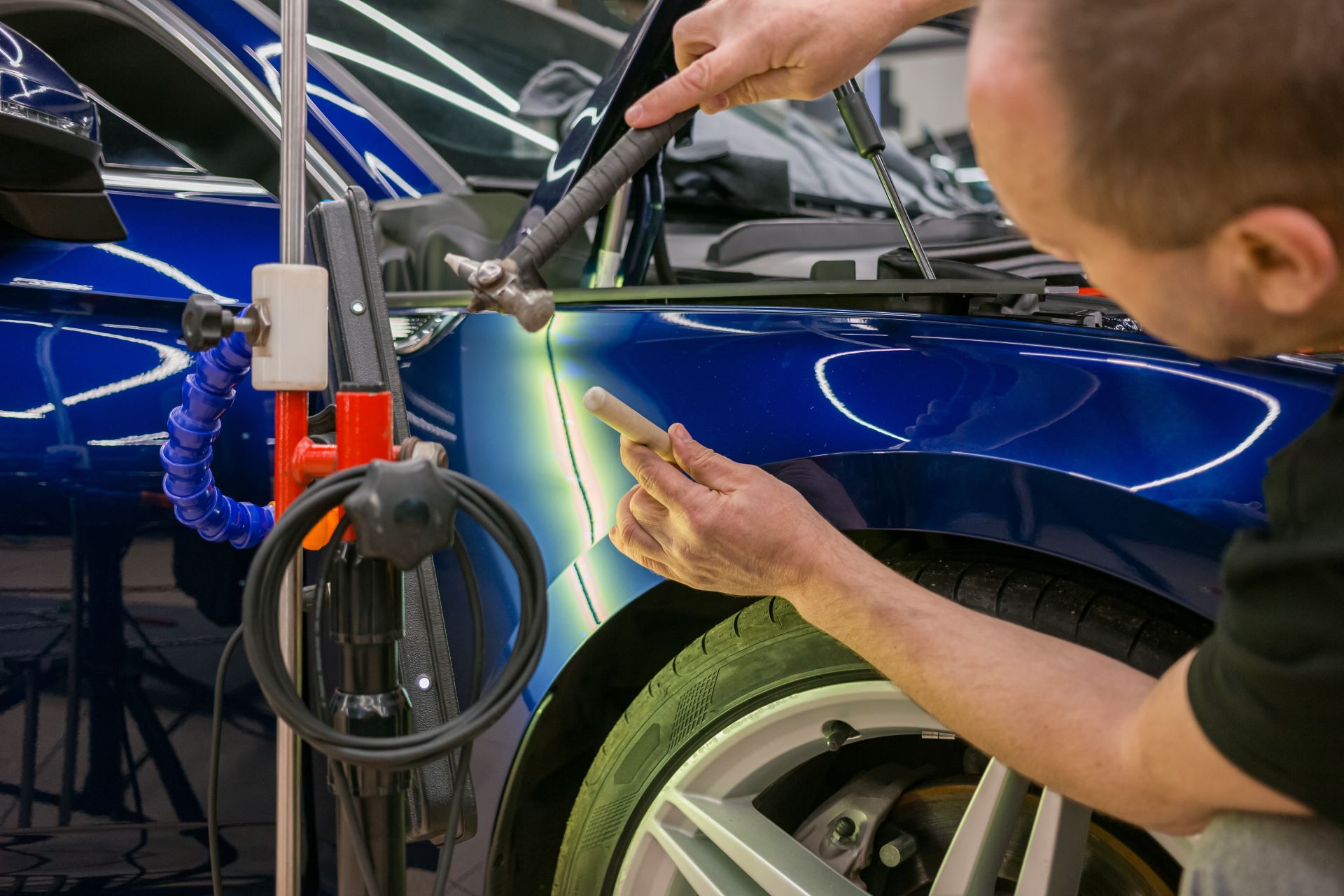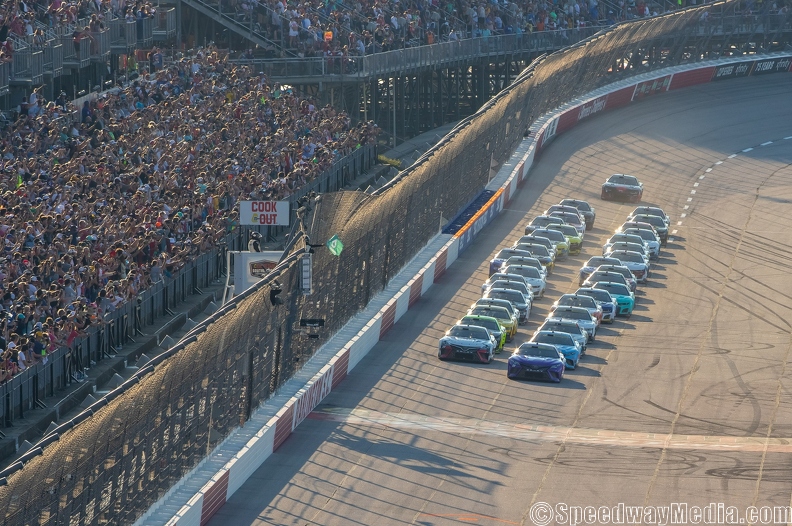Ceramic coatings have emerged as a game-changer in the world of automotive detailing. These coatings have gained significant popularity among car enthusiasts and everyday drivers alike, offering unparalleled protection and a stunning shine.
One of the most common questions that arise when considering a ceramic coating for your car is: How long does ceramic paint protection last?
In this article, we delve into the factors influencing the longevity of ceramic coatings on cars and provide insights into maximising their lifespan.
Understanding Ceramic Coatings
Ceramic coatings, often called nano-coatings, are liquid polymer solutions applied to a car’s exterior surfaces. These coatings chemically bond with the factory paint, creating a protective layer that is highly resistant to environmental contaminants, UV rays, chemicals, and even minor scratches.
Unlike traditional waxes or sealants that provide temporary protection, ceramic coatings are designed to offer a long-lasting defence.
How Long Does Ceramic Coating Last on a Car?
Ceramic coatings are known for their durability and longevity in providing protection to a car’s paintwork. A high-quality ceramic coating can last anywhere from 2 to 5 years.
The precise lifespan can be impacted by several considerations, including the quality of the coating applied, the maintenance routine, environmental conditions, and how frequently the car is driven and exposed to elements like UV rays, chemicals, and abrasive contaminants.
Proper preparation and application, along with regular maintenance such as gentle washing and avoiding harsh chemicals, can help extend the lifespan of the ceramic coating towards the longer end of the spectrum.
It’s important to note that while ceramic coatings offer substantial protection and hydrophobic properties, they are not permanent solutions. Over time, their effectiveness may gradually diminish, reducing water repellency and surface protection.
As the coating wears off, it’s recommended to consider reapplying the ceramic coating to maintain optimal protection for your car’s paintwork.
Factors Influencing Longevity of Ceramic Paint Protection on Cars
Several factors play a crucial role in determining how long a ceramic coating will last on a car:
1. Application Quality
The quality of the application significantly impacts the coating’s lifespan. A skilled application guarantees accurate bonding and even coverage, which contributes to the durability of the coating.
2. Coating Brand and Type
Different brands and types of ceramic coatings have varying formulations and durability. High-quality coatings tend to last longer due to their superior chemical composition.
3. Preparation
Proper preparation of the car’s paint surface before applying the ceramic coating is essential. Thoroughly cleaning, decontaminating, and polishing the paint removes impurities and allows the coating to bond effectively.
4. Environmental Conditions
The climate in which the car is driven and parked plays a role in the coating’s longevity. Harsh weather conditions, extreme temperatures, and exposure to elements can affect the coating over time.
5. Maintenance
Regular and correct maintenance practices significantly impact the lifespan of a ceramic coating. Using appropriate car wash products, avoiding abrasive cleaning methods, and maintaining a regular cleaning schedule prolongs the coating’s effectiveness.
6. Driving Habits
How you drive your car also affects the coating’s longevity. Aggressive driving, exposure to road debris, and parking in high-traffic areas can subject the coating to more wear and tear.
Maximising Longevity
While external factors influence the lifespan of a ceramic coating, there are steps you can take to maximise its durability:
- Proper Washing Techniques: Use a pH-neutral car wash soap and a soft microfiber wash mitt to avoid scratching the coating. Avoid automatic car washes with abrasive brushes.
- Regular Maintenance: Periodically apply a ceramic booster or maintenance spray recommended by the coating manufacturer to enhance the protective layer.
- Avoid Abrasive Compounds: Refrain from using abrasive polishes or compounds on the coated surface, as they can compromise the coating’s integrity.
- Keep Away from Harsh Chemicals: Avoid harsh chemicals or aggressive cleaning agents that could break down the coating over time.
- Parking Considerations: Whenever possible, park your car in a shaded area or a garage to reduce exposure to UV rays and environmental contaminants.
- Professional Inspection: Schedule regular inspections to assess the coating’s condition and address potential issues.
Signs of Wear
Over time, even the most durable ceramic coatings will exhibit signs of wear. These include diminished water beading, reduced gloss, and decreased hydrophobic properties. When you notice these signs, it might indicate that the coating’s effectiveness is waning.
At this point, you can consider applying a ceramic coating booster or, depending on the severity of wear, having the coating professionally reapplied.
Conclusion
Investing in a ceramic coating for your car is a decision that promises to provide long-lasting protection and aesthetic benefits. While the exact duration a ceramic coating lasts depends on various factors, proper application, maintenance, and environmental considerations contribute to its lifespan.
By adhering to recommended care practices and staying attuned to signs of wear, you can enjoy the benefits of a ceramic coating for several years, keeping your car looking its best and protected from the elements.
Our expert advice? Visit Attention Detailing for a highly-regarded paint protection solution for your car!







